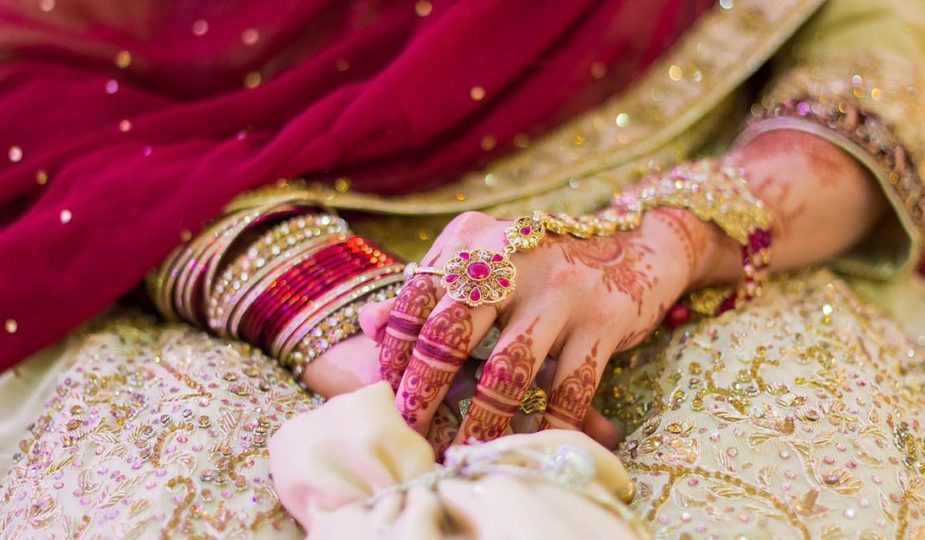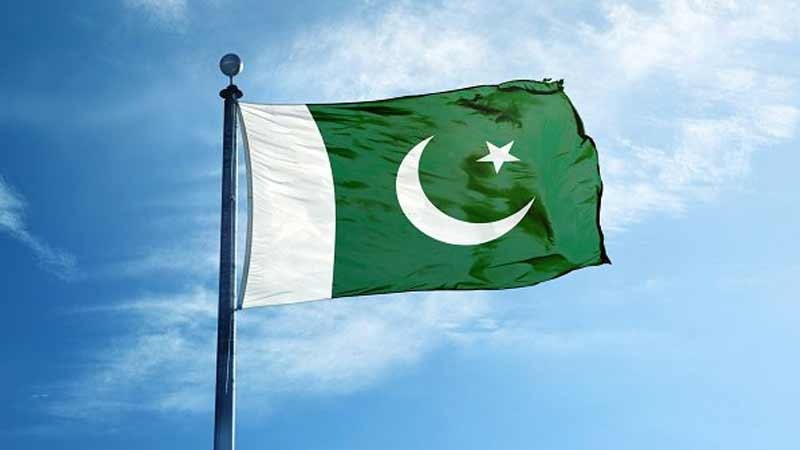
The story behind traditional Pakistani dresses
Pakistan dresses are among the most unique and exotic dresses existent in the world today. Pakistan dresses are ethnic clothing worn by the people of Pakistani descent to express their culture, demographics, and religious cultures. Dresses in each culture and ethnicity represent the weather, life, and particular style that gives it a distinct identity across all civilizations.
The Pakistan dresses have significant similarities with the Indian dresses due to the pre-partitioned cultures shared historically. Moreover, these dresses share similarities with many ethnic groups such as central Asia, the Iranian plateau, and the Iranian ethnic groups. These groups were separated from the modern-day Pakistan cultures during the Durand contract between Afghanistan and the British. Pakistanis, particularly in large cities, are embracing stylish attire and traditional apparel as time passes.
There are different kinds of dresses that represent the different ideologies of the country’s cultures. Morse dresses are worn; differently but are most commonly influenced by the weather. Women’s tradition on the dresses was for religious purposes. It aimed at covering their body parts and only leaving the face. When they leave their house, it is intended to conceal their body parts, save their face and hands. When outside, most women wear a Dupatta or Chadar; however, religious ladies choose to wear a Scarf, Burqa, or Hijab with long full-sleeve shirts. However, with modernization and civilization, Pakistani women have begun to adopt new trends, some of which are a mix of Pakistani and Western garments.
Listed below are some of the traditional Pakistani dresses
Shalwar kameez
This is a national attire that is worn by both men and women across all the provinces. However, this attire is worn differently in each province. Moreover, they are styled and dressed differently depending on the colors and fabrics used (silk, chiffon, cotton, etc.). Shalwars are loose-fitting pants that come in a variety of styles. With the assistance of a drawstring, the shalwar is fastened at the waist. Elastic has recently been utilized in place of a drawstring. Generally, the fit is loose or tapered. Churidars are shalwars that are narrow and form-fitting. The kameez is a comprehensive, loose-fitting tunic that is worn with baggy shalwar pants.

Lehenga Choli
The ghagra choli originated from a three-piece traditional Indian clothing that featured a stanapatta (chest band), uttariya (veil), and antriya (skirt) (lower garment). A choli is a midriff-baring top derived from the stanapatta and worn with a sari in many Indian subcontinent countries. The choli shows a woman’s navel. The gagra is a lengthy, pleated, embroidered skirt that reveals the stomach and lower back and is tied at the hips. The dupatta, which is derived from the uttariya, is typically worn with the choli and gagra.
Churidaar Pajama
Churidaar pajamas are a form of Indian tight-fitting pants. The long skinny Churidar pajamas expose the leg outlines. Churidaars fit perfectly because they are naturally flexible. Churidaar has a buttoned sleeve at the ankles and is designed to be longer than the wearer’s leg. The extra length on the ankles causes folds on the ankles that resemble bangles. When sitting, the extra material allows the wearer to flex their feet.
In conclusion, there are a variety of Pakistan clothing that are prevalent today and still go back in time. The above mentioned are just a few.









